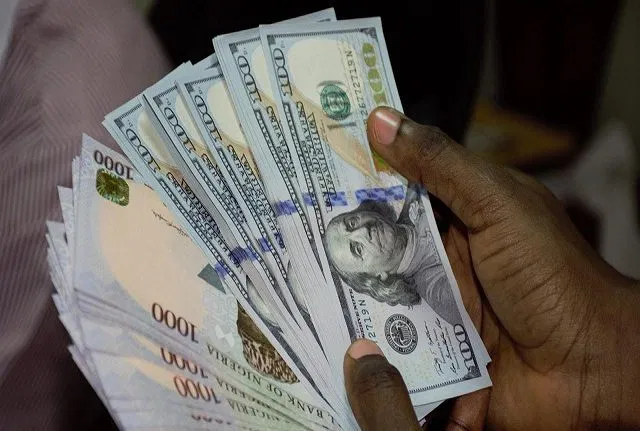Forex turnover at the Investor and Exporters (I&E) window had a rebound on Friday, June 26, 2020, as it rose by 144.68%, a significant increase from what was recorded the previous day in the foreign exchange market. This is according to data from the FMDQOTC, an exchange where forex is traded by foreign investors and exporters.
According to the data tracked by Nairametrics, forex turnover increased from $14.68 million on Thursday, June 25, 2020, to $35.92 million on Friday, June 26, 2020, representing a significant increase of 144.68%, day on day. while the percentage increase in turnover appears huge, it is still a far cry from the $200 million recorded in January 2020.
Although there seems to be an improvement in liquidity in the foreign exchange market, the volatility and uncertainty of the market remains due to liquidity shortages across markets. Liquidity remains quite tight in the foreign exchange market, with the average turnover in the I&E market significantly down to about $45.5 million in the month of May compared to $297.5 million that was recorded in January.
Several reports tracked by Nairametrics indicate that the accumulated demand for forex in the market could be between $1.5 and $5 billion as supply shortages persist. Forex shortages have persisted since the crash in oil prices coincided with the global lockdown due to COVID-19. The rise in demand and contrasting drop in supply has called for another round of devaluation, which the CBN has insisted it has plans to implement. A devaluation last occurred in March. The activities of the speculators seem to have continued unabated.
Speculators have thus patronized the parallel market, otherwise known as the black market, thereby widening the gap between it and the I&E window. The CBN maintains that the perceived demand cannot be substantiated as the lockdown induced by the COVID-19 pandemic suggest demand should be low due to travel restrictions and drop-in economic activities.
Further decline in liquidity could further fuel speculations in the black market where the exchange rate has traded at a premium of N60 over the last few weeks.
Exchange rate
In related news, the exchange rate on the I&E window reversed its earlier consecutive days of decline as it appreciated on Friday, closing at N386.33 to a dollar, compared to the N387.27 to a dollar that was reported on Thursday, June 25, representing a 94 kobo gain. The opening indicative rate was N386.36 to a dollar for Friday. This represents a gain of 72 kobo when compared to the N387.08 opening rate recorded on Thursday.
At the black market where forex is traded unofficially, the naira depreciated further by N3 to close at N460 to a dollar on Friday, as against the N457 to a dollar on Thursday. The rate at the start of the week was N455 to a dollar.
Nigeria continues to maintain multiple exchange rates comprising the CBN official rate, the BDC rates, and the NAFEX (I&E window). Nairametrics reported last week that the government is mulling unifying the multiple exchange rates in a bid to increase the amount available for state governments to share.
The contrasting performance indicates increasing demand pressure in the foreign exchange market especially at the retail end of the market.
The CBN Governor, Godwin Emefiele, had announced plans during an investors conference organized by Citibank, to unify the exchange rate around the NAFEX rate. Financial analysts and business leaders have expressed their support for the policy as this will ensure more transparent management of the foreign exchange market, eliminate forex arbitrage being enjoyed by currency speculators, attract more foreign investors (both foreign direct investments and foreign portfolio investments) and so on
Nairametrics had earlier reported of plans by the federal government not to source for debt from the Eurobond market as it will shift focus to domestic borrowing and from concessionary sources. The government also through the Director General, Debt Management Office, Patience Oniha, confirmed that Nigeria will not be seeking for debt relief from its commercial and bilateral creditors.
Source: Nairametrics














